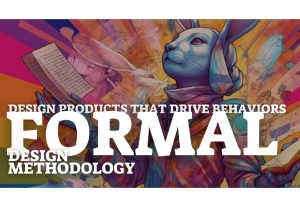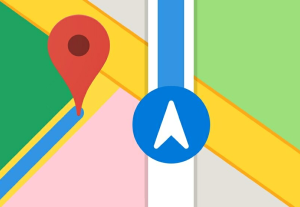- Artificial Intelligence, Conversational Design, Design, The rise of design, Visual Design
Ben Golik recently joined Uncommon CX as a creative partner. Here, he shares his thoughts on the hot topic of artificial intelligence (AI) and why it’s a tool, not a terror, for creatives.
Article by Benjamin Golik
Why Today’s Creatives Need To Run Towards AI. And Run Fast
- The article explores AI as a valuable tool for creativity rather than a threat discussing the remixing nature of creativity — AI offers a unique way to remix words, thoughts, and images.
- The author advocates embracing AI’s potential and collaborative capabilities to enhance creativity while cautioning against the risk of over-automation in customer experiences.
Share:Why Today’s Creatives Need To Run Towards AI. And Run Fast
Share this link
- August 10, 2023
2 min read







